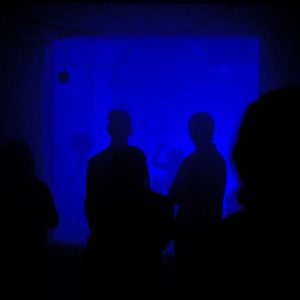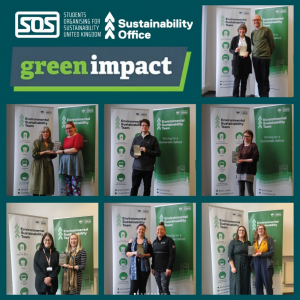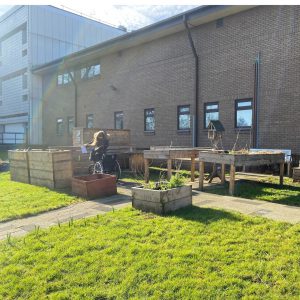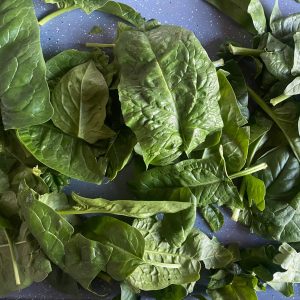
Experiencing ‘From The River’s Mouth’
In May 2025 our Artist in Residence at the University of Salford Acoustic Labs, Hayley Suviste, presented a 3-part installation as part of Sounds From The Other City. Artist Lizzie King shares her experience of 'From The River's Mouth' here.








